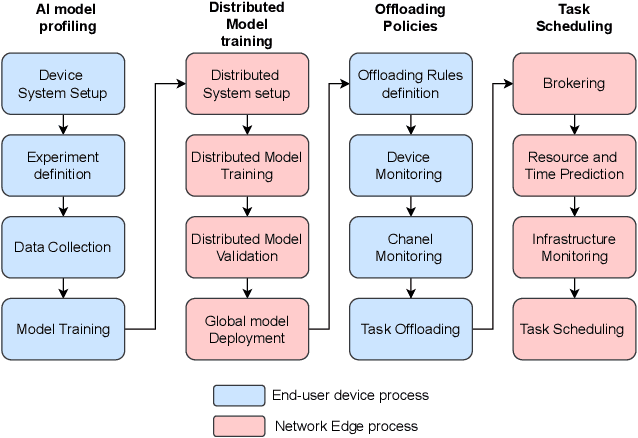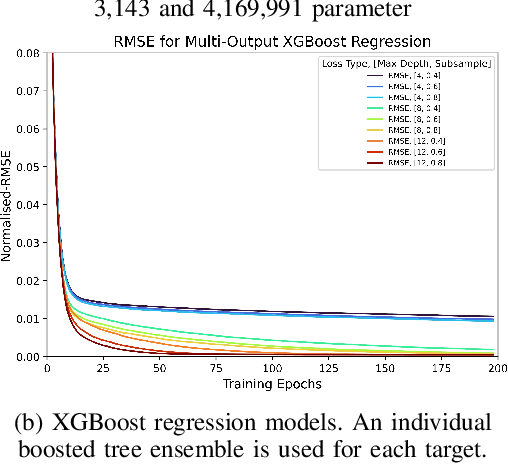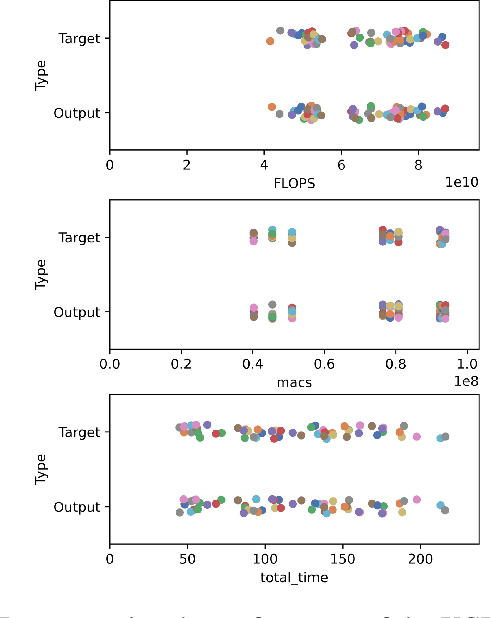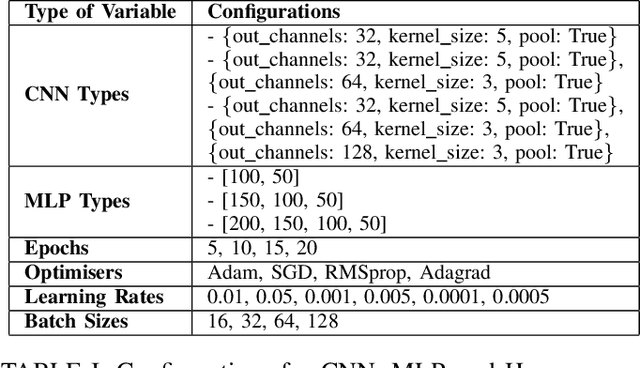Hari Madhukumar
Profiling AI Models: Towards Efficient Computation Offloading in Heterogeneous Edge AI Systems
Oct 30, 2024



Abstract:The rapid growth of end-user AI applications, such as computer vision and generative AI, has led to immense data and processing demands often exceeding user devices' capabilities. Edge AI addresses this by offloading computation to the network edge, crucial for future services in 6G networks. However, it faces challenges such as limited resources during simultaneous offloads and the unrealistic assumption of homogeneous system architecture. To address these, we propose a research roadmap focused on profiling AI models, capturing data about model types, hyperparameters, and underlying hardware to predict resource utilisation and task completion time. Initial experiments with over 3,000 runs show promise in optimising resource allocation and enhancing Edge AI performance.
From Hype to Reality: The Road Ahead of Deploying DRL in 6G Networks
Oct 30, 2024



Abstract:The industrial landscape is rapidly evolving with the advent of 6G applications, which demand massive connectivity, high computational capacity, and ultra-low latency. These requirements present new challenges, which can no longer be efficiently addressed by conventional strategies. In response, this article underscores the transformative potential of Deep Reinforcement Learning (DRL) for 6G, highlighting its advantages over classic machine learning solutions in meeting the demands of 6G. The necessity of DRL is further validated through three DRL applications in an end-to-end communication procedure, including wireless access control, baseband function placement, and network slicing coordination. However, DRL-based network management initiatives are far from mature. We extend the discussion to identify the challenges of applying DRL in practical networks and explore potential solutions along with their respective limitations. In the end, these insights are validated through a practical DRL deployment in managing network slices on the testbed.
 Add to Chrome
Add to Chrome Add to Firefox
Add to Firefox Add to Edge
Add to Edge